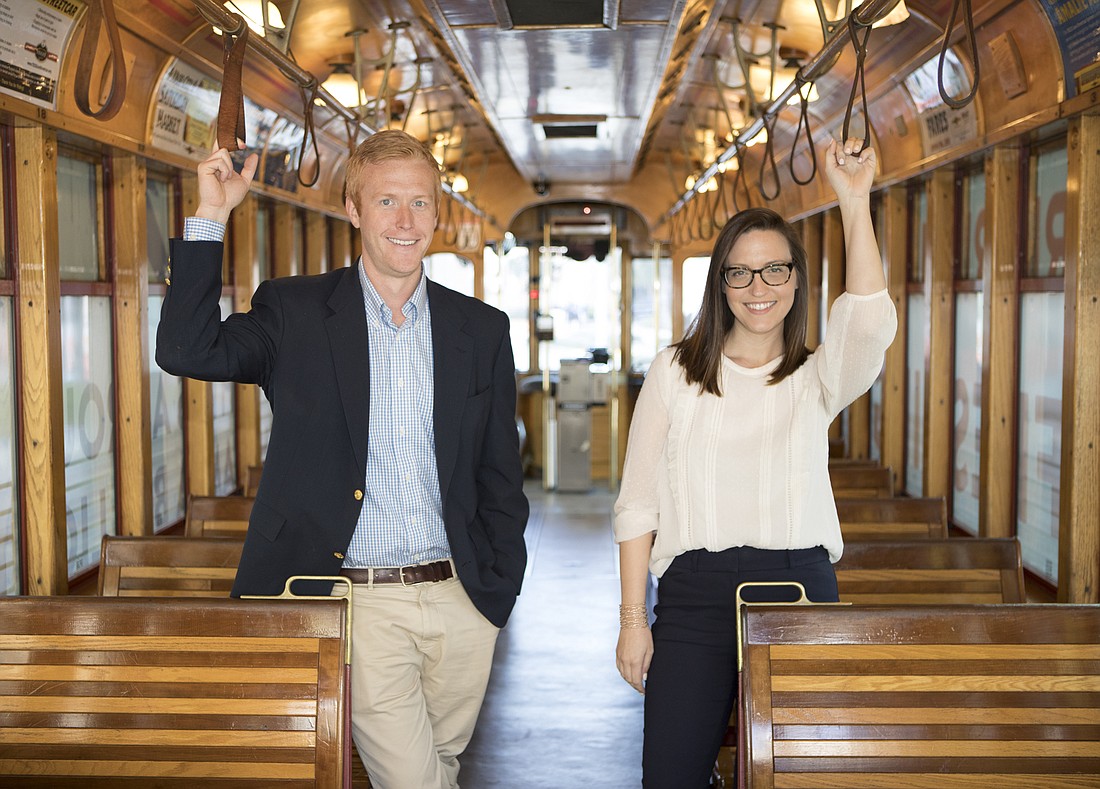- December 16, 2025
-
-
Loading

Loading

To paraphrase the theme song from "Smokey and the Bandit," Tyler Hudson and Christina Barker had a long way to go and a short time to get there, but in the end, they did what many said couldn’t be done.
Their accomplished mission: get a majority of Hillsborough County voters to approve a 1-cent sales tax increase to fund transportation improvements over the next three decades. Dubbed All For Transportation, the citizen-led initiative was a success, not only getting a funding referendum on the ballot, but winning it comfortably, with 57.3% of the vote.